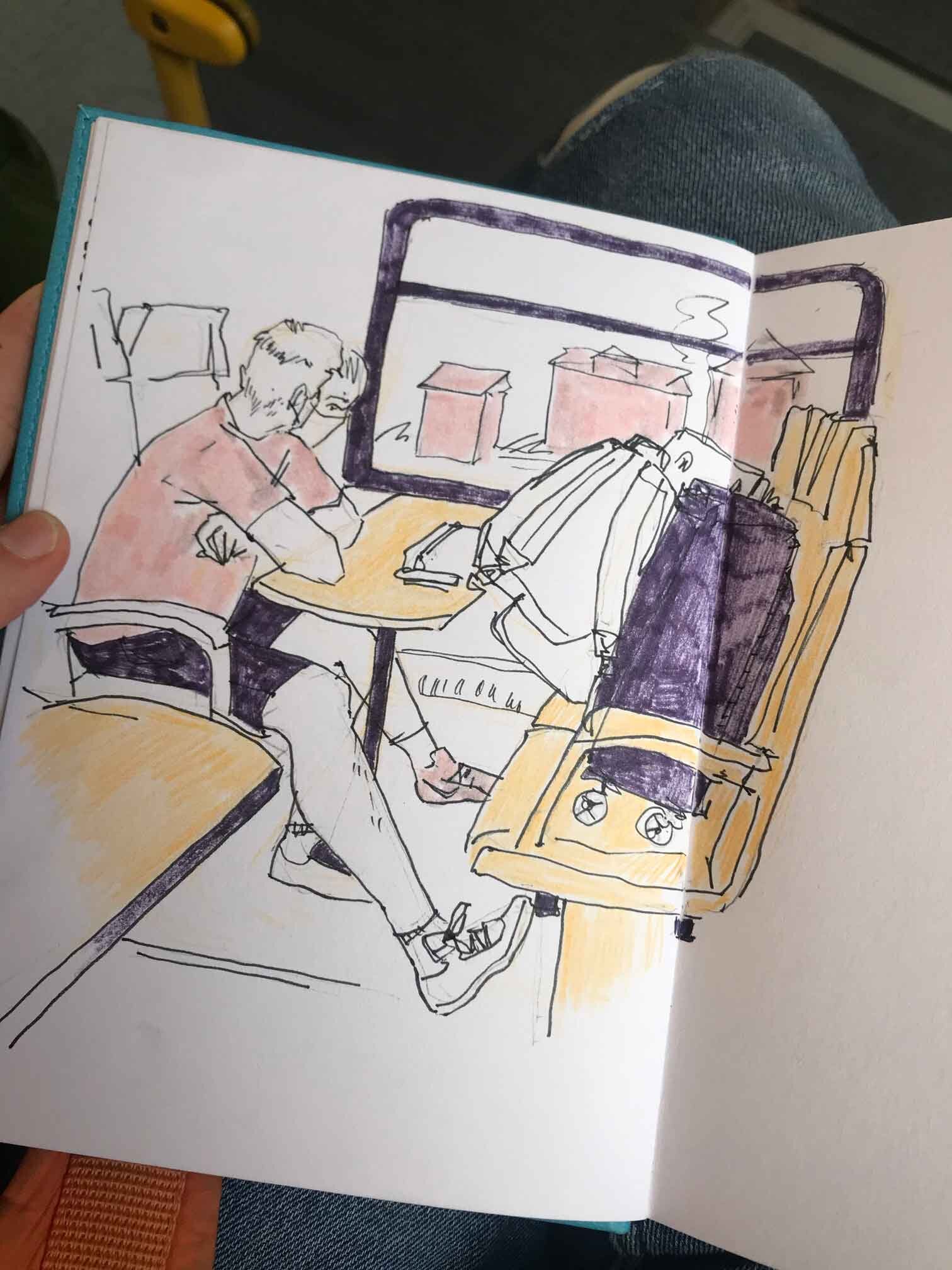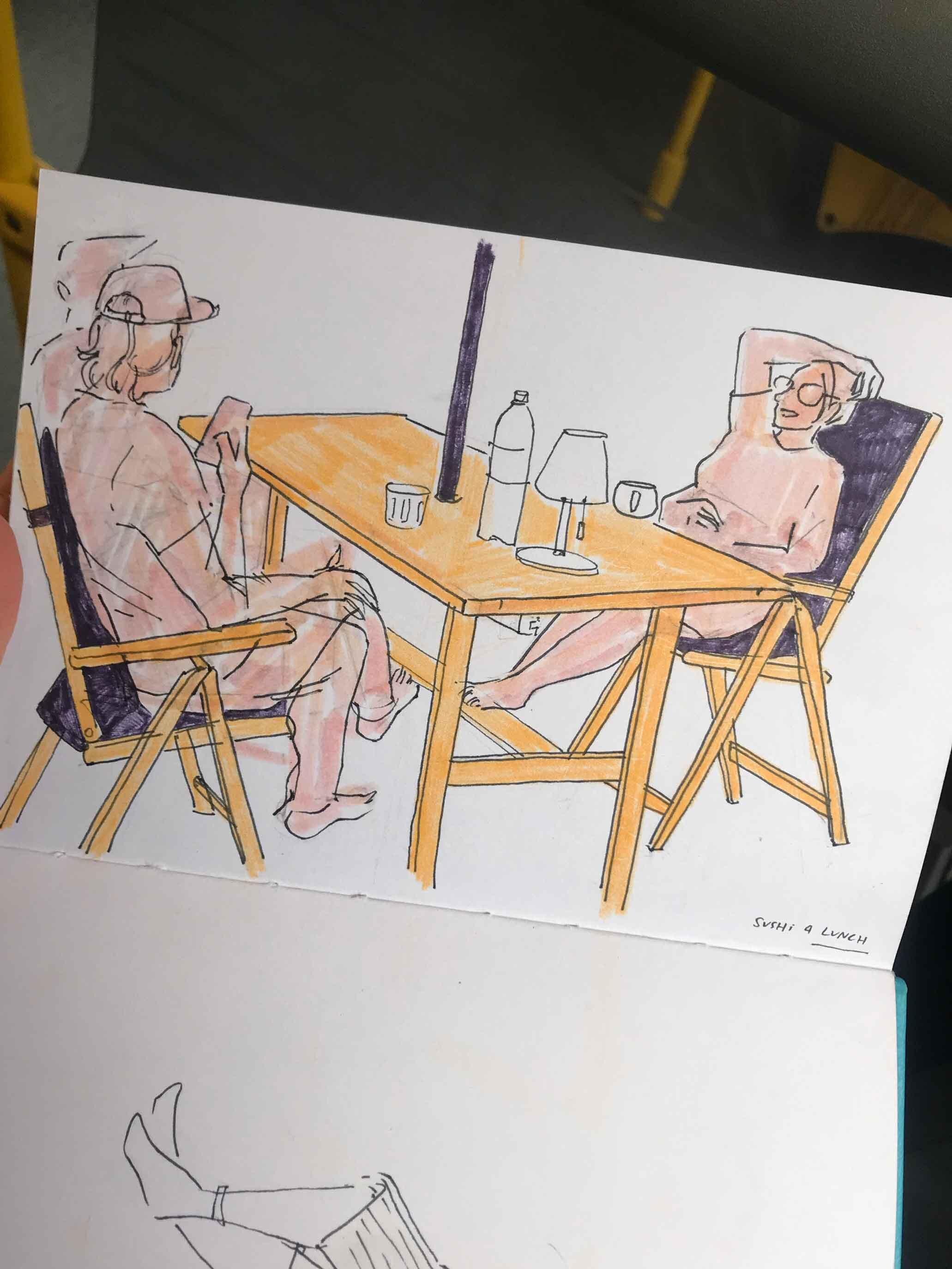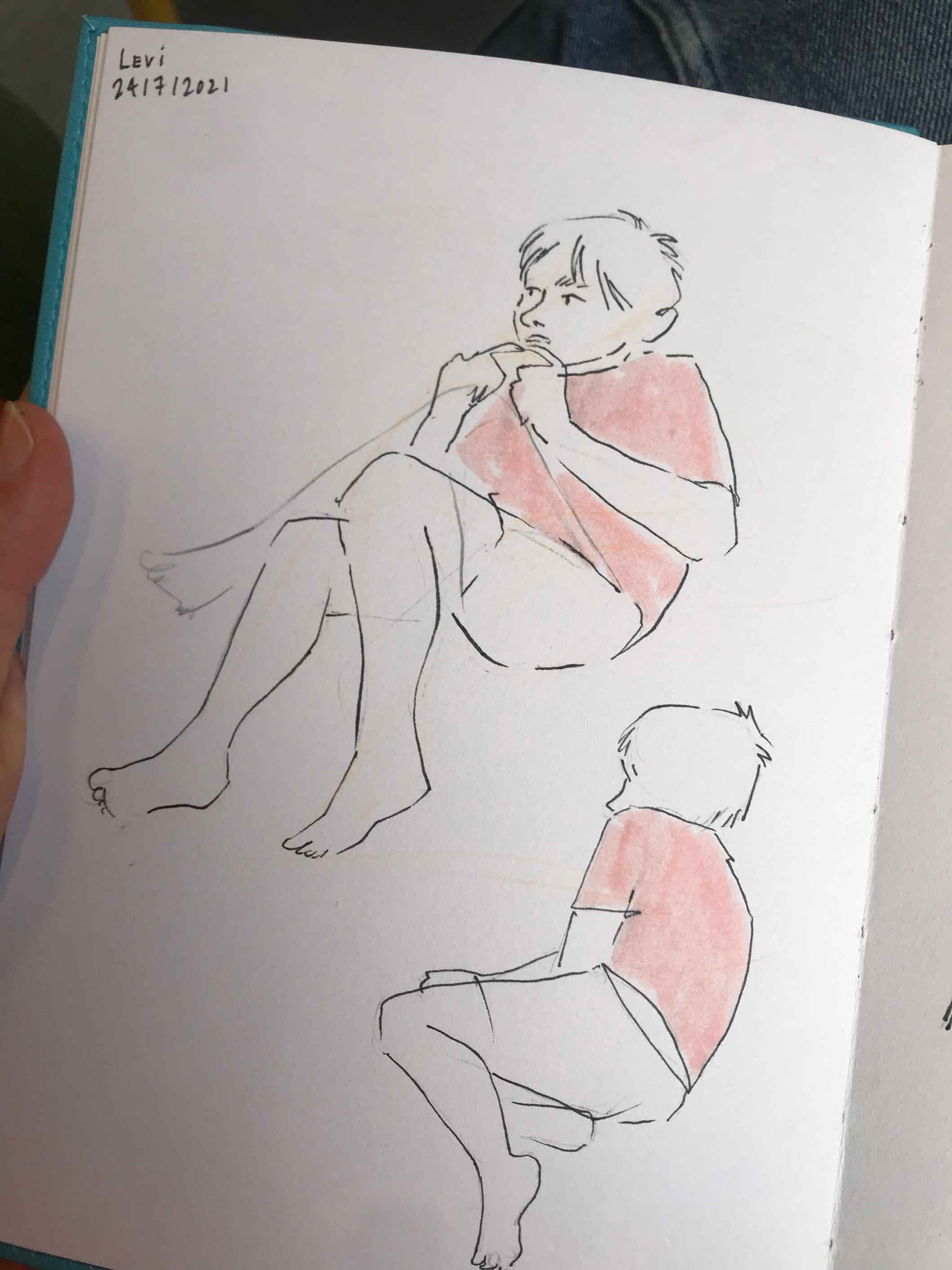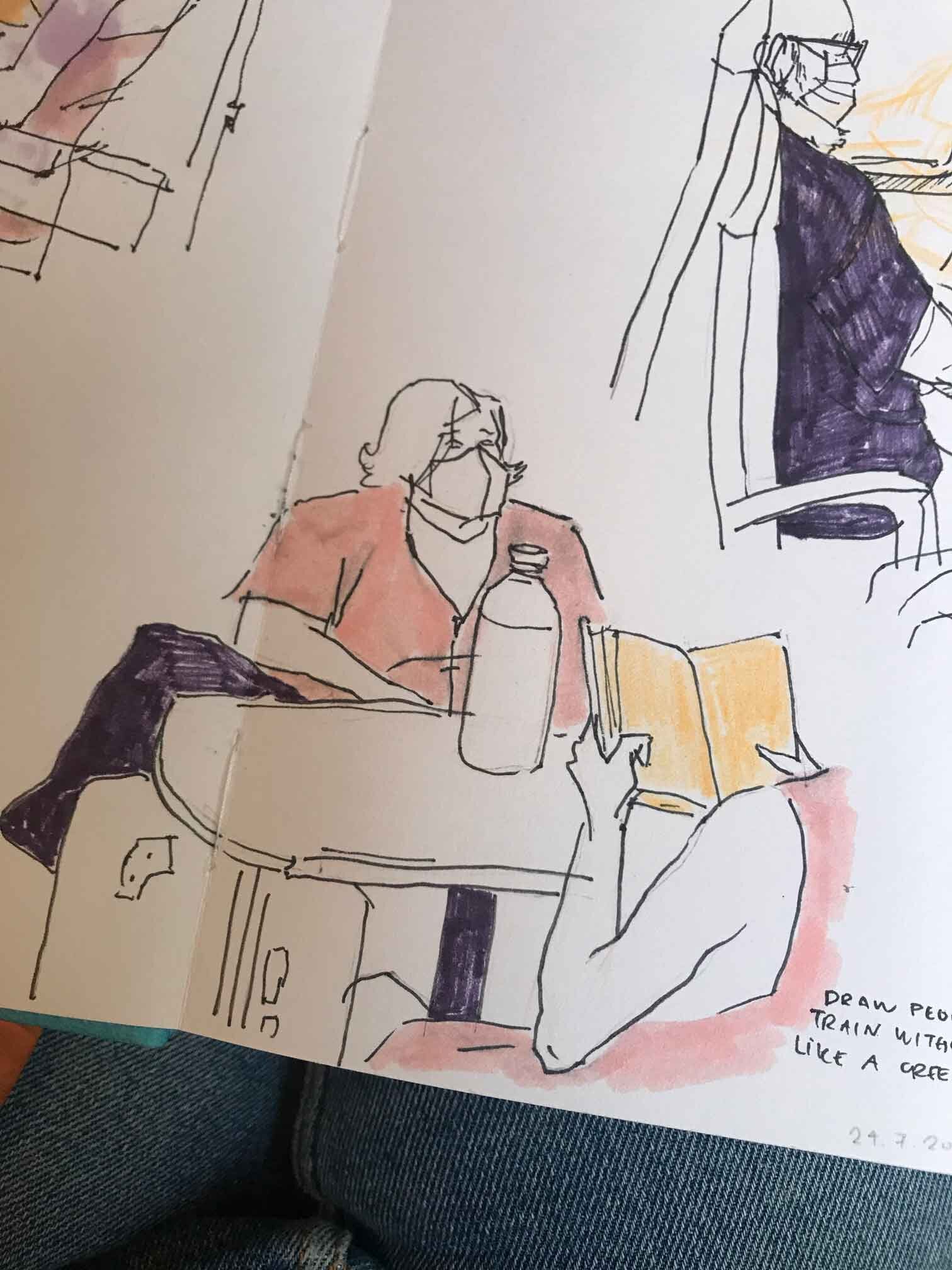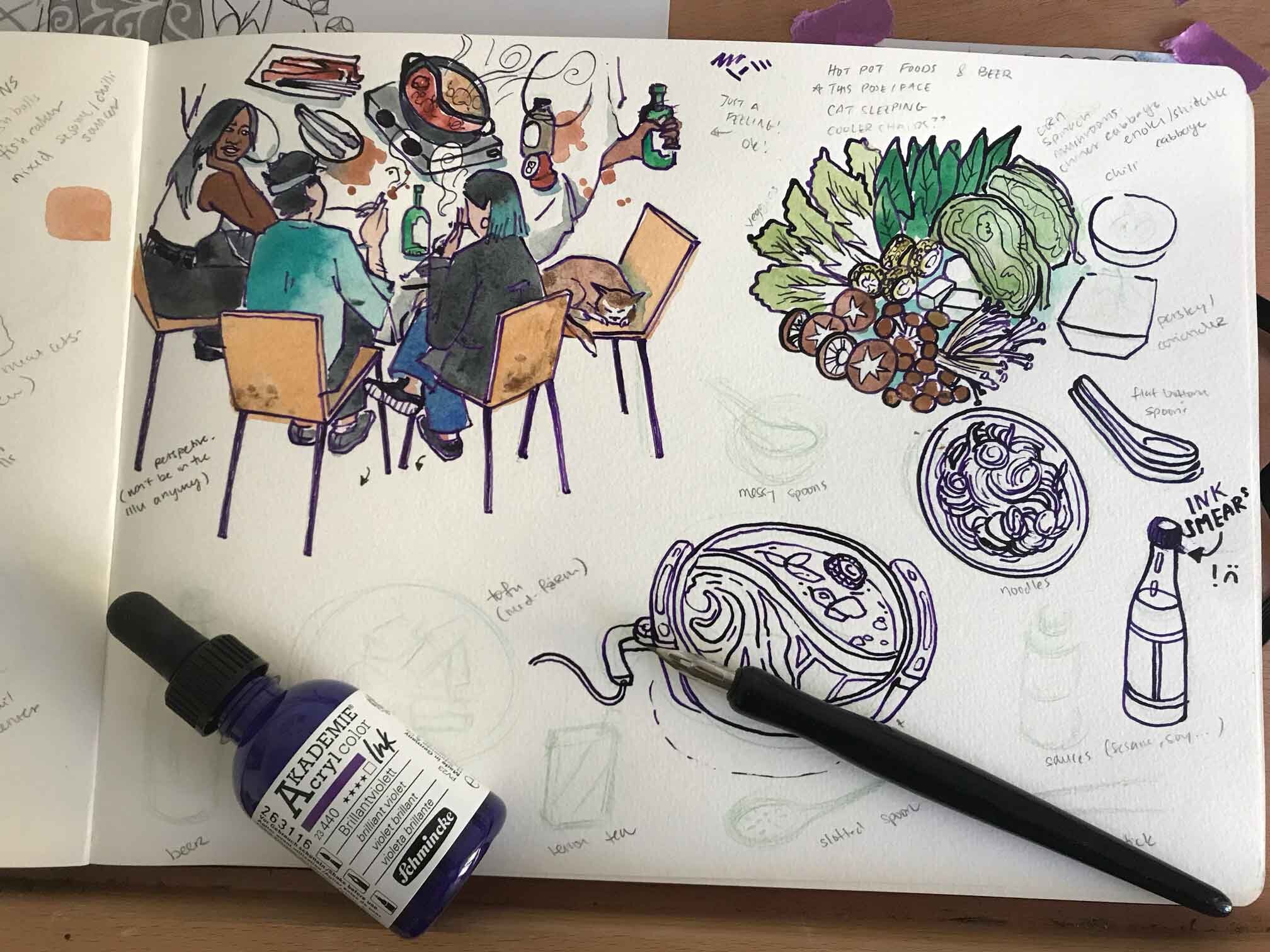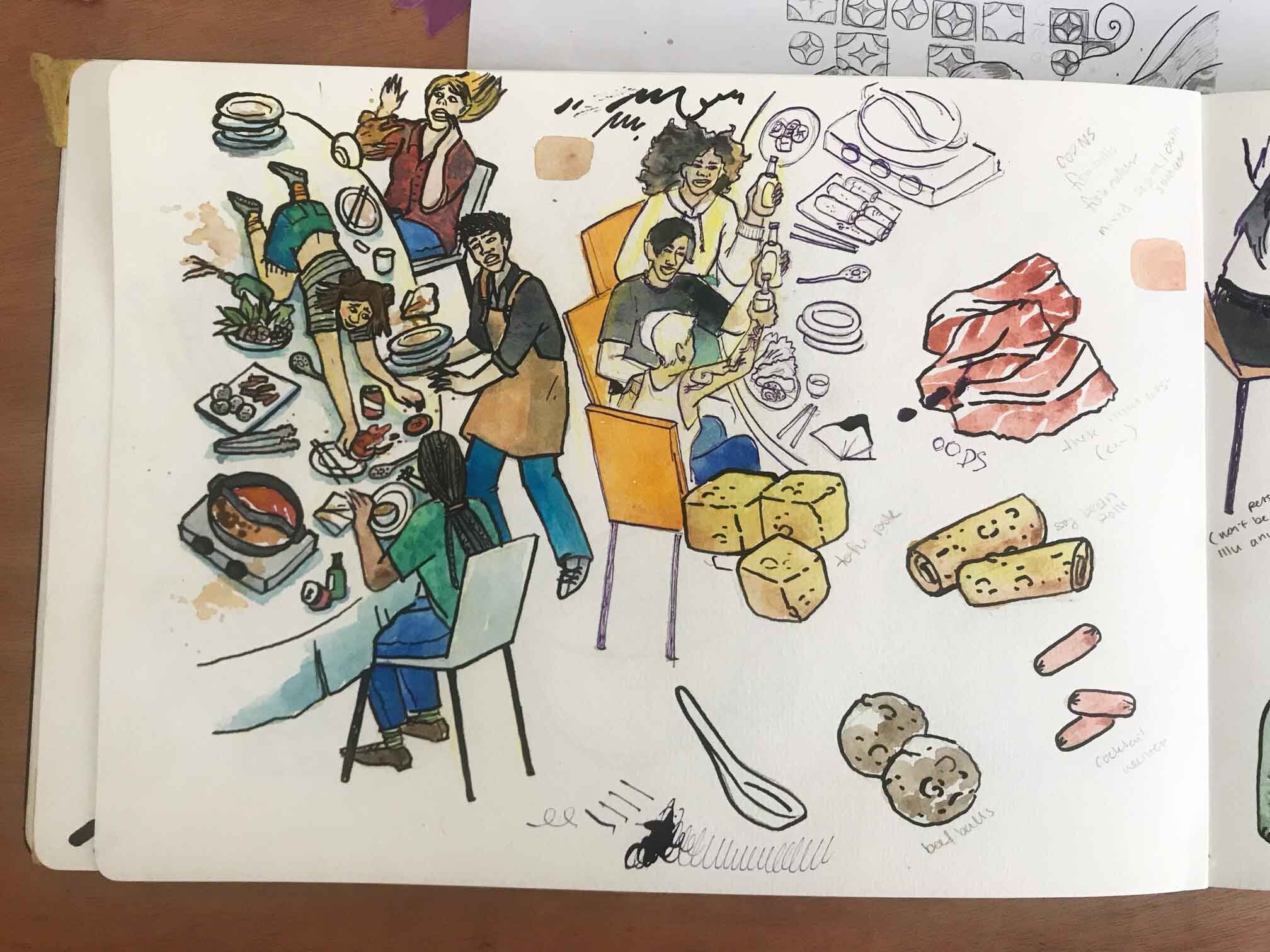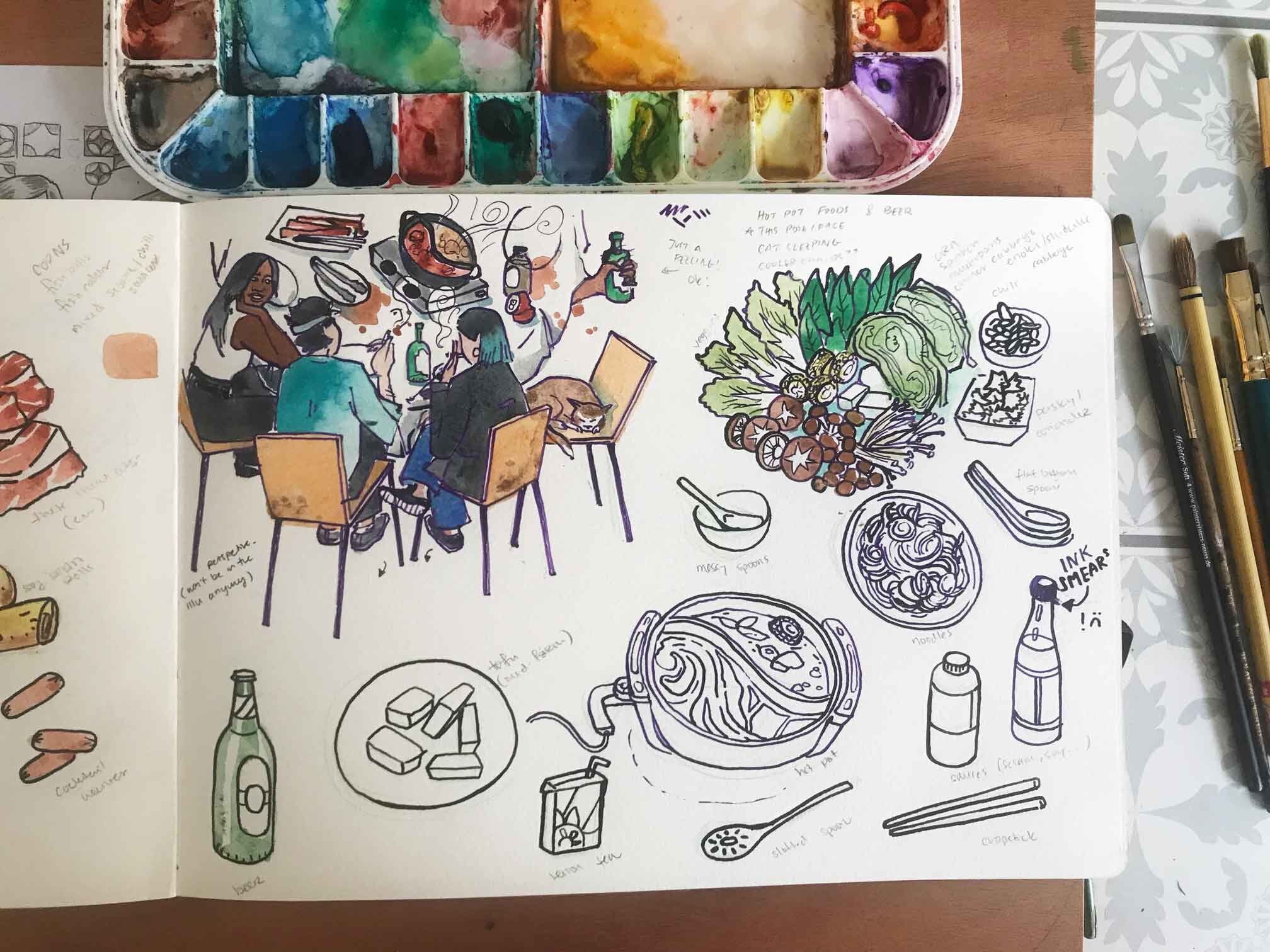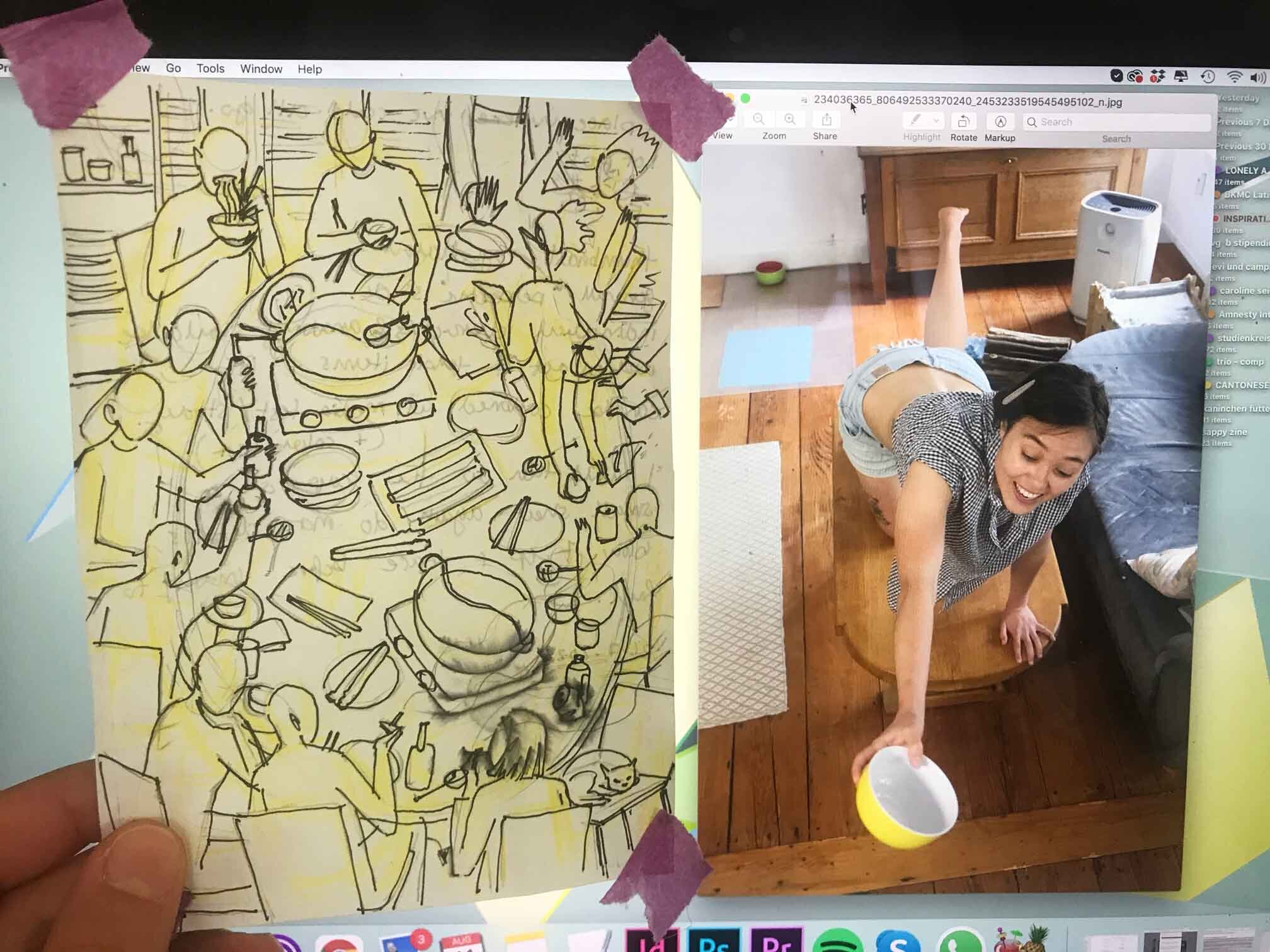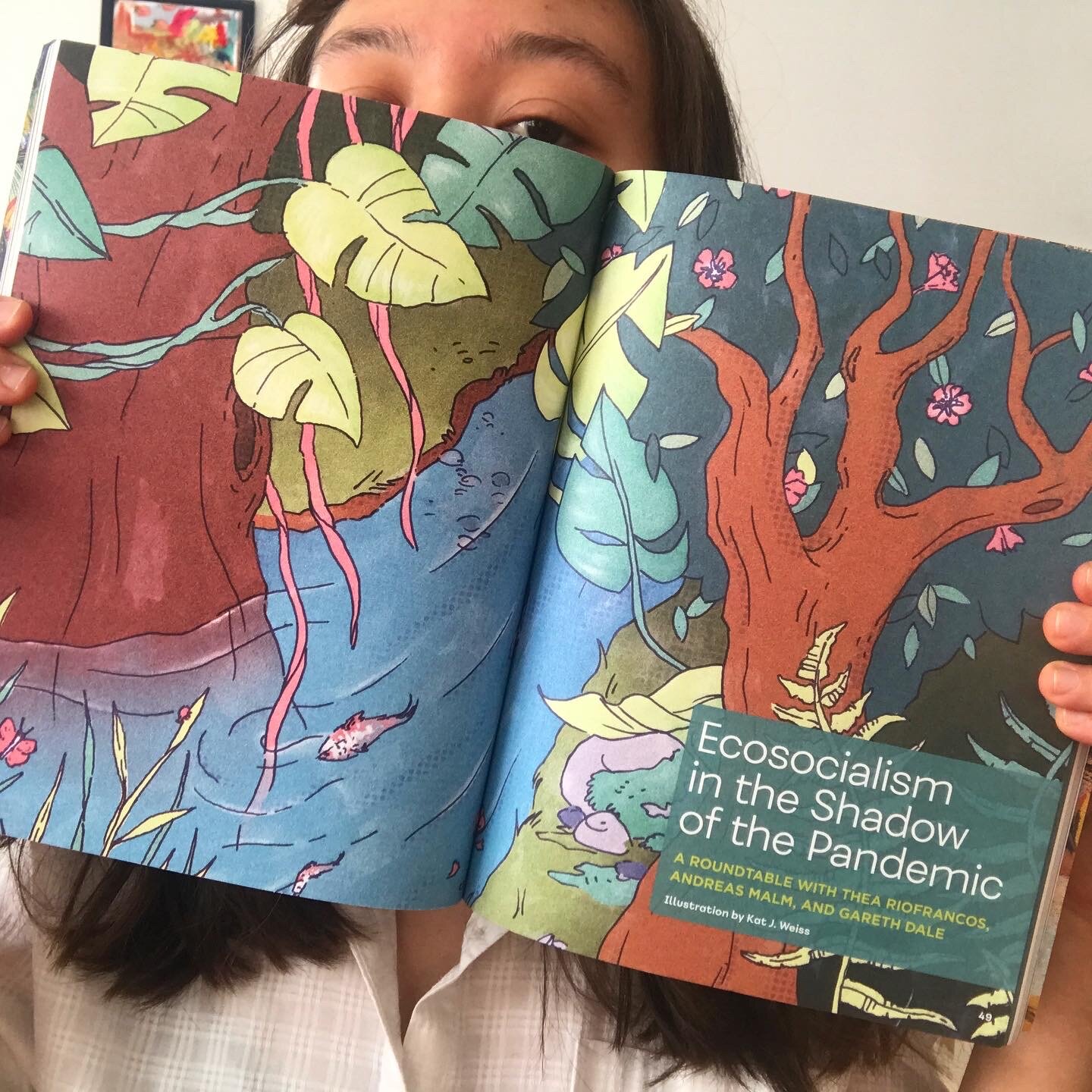Ultimately, I realised I had this goal because I enjoy learning and sharing important information, and sharing this via illustration. And how illustration can draw attention to critical social issues, make it more digestible, or else present it from a different perspective. So, either way, if I get published or not – at least I’ll have new pieces for my portfolio which are totally aligned with my values.
Side note – it has happened a few times that a client stumbled upon an illustration I already made and then simply paid me for the licensing. Anything can happen!
2. Cozy watercolour illustrations featuring forest goblins and faeries
I realise this is almost a complete 180 from the above, and also a topic I have never featured in my current portfolio… but I grew up reading fantasy picture books, and I love a good fantasy read even now. It’s a dream of mine to create a cozy little fairy tale escape.
My goal is to create at least 4 pieces, so it can feel like a substantial part of my portfolio, not just a one-off (though if this ends up being a one-off venture, I won’t be too hard on myself – it’s OK to explore).
3. Style changes – incorporate more texture, rely less on lined elements and details
This applies more to my editorial / client projects. I realised that, if I want to be taken seriously in the editorial field, my main concepts need to be more focused, with more room for negative space, less reliant on details. More minimal, but not necessarily easier – it can be hard to come up with strong ideas! Especially for me, I rely heavily on detail and I wouldn’t necessarily call myself a conceptual illustrator.
Second point, texture: first step would be to create some textures using different media (e.g. charcoal), scanning those in, and creating a texture library I can use for future illustrations. It seems like a fun technique I haven’t used much in my work, and I reckon it could be a quick way to add visual interest in my backgrounds if I’m not going to be drawing them by hand.
Wish me luck!
What are your art goals? Feel free to share in the comments!










